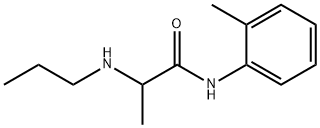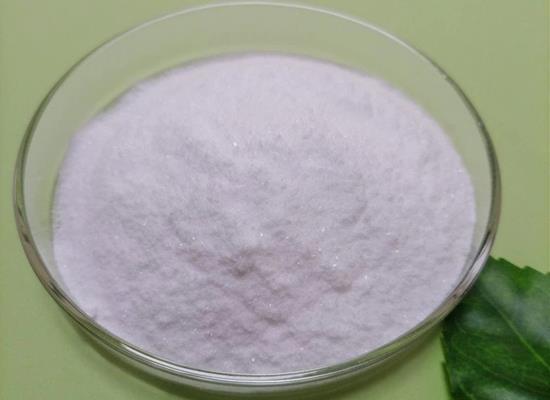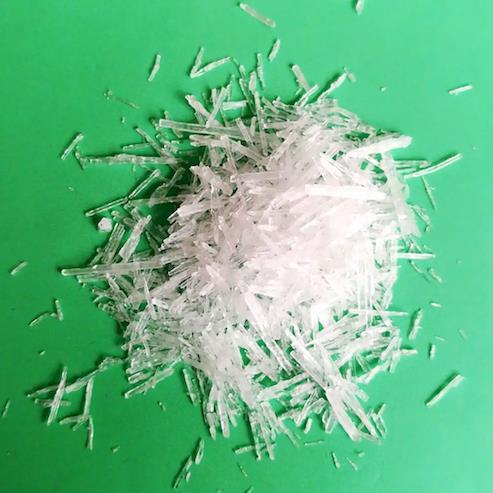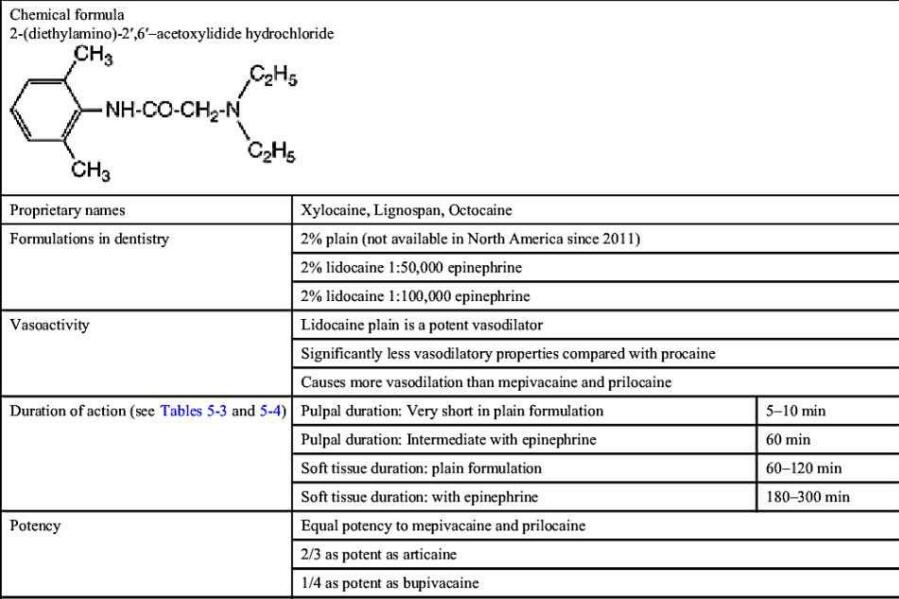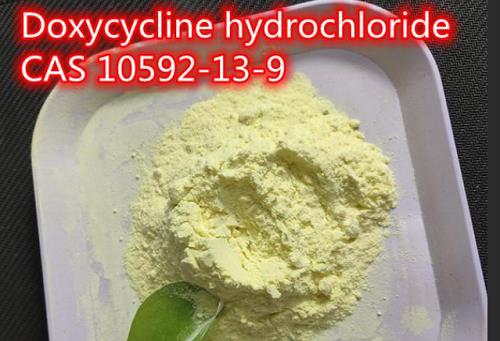Which is Stronger, Lidocaine or Prilocaine?
Lidocaine and prilocaine are the active ingredients in Emla skin numbing cream. Based on their chemical structures, they are both classed as amide local anaesthetics and their job is to help keep you from feeling pain.
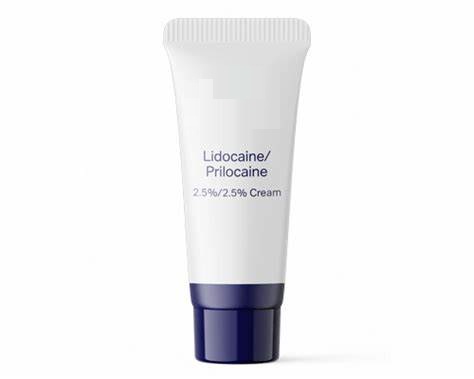
Lidocaine (also known as lignocaine) is one of the most commonly used local anaesthetics around. It works (like most local anaesthetics do), by preventing nerve cells from functioning properly. When used topically, lidocaine interrupts pain signals in your skin and stops them from travelling to your brain.
Prilocaine is also a local anaesthetic. It has a similar chemical structure to lidocaine and works in the same way as lidocaine by blocking pain signals to your brain.
Although lidocaine has a similar chemical structure to prilocaine and they are both local anaesthetics, they vary slightly in how fast and how long they numb your skin: Lidocaine acts faster than prilocaine and can penetrate further into the skin; Prilocaine takes longer to numb your skin than lidocaine, but its effects last slightly longer.
This means, when lidocaine and prilocaine are combined in skin numbing cream, they work together to give you an enhanced anaesthetic effect with your skin being numbed quickly and for longer.
Local anaesthetics like lidocaine and prilocaine work best on the smaller, more sensitive, rapid-firing nerve fibres in your skin that produce pain sensations. This means you can still feel pressure and move the affected part of the body, but the pain is minimised.
You may like
Related articles And Qustion
Lastest Price from Prilocaine manufacturers

US $5.00-0.50/KG2025-06-05
- CAS:
- 721-50-6
- Min. Order:
- 1KG
- Purity:
- 99% hplc
- Supply Ability:
- 500TONS

US $5.00-0.50/KG2025-05-07
- CAS:
- 721-50-6
- Min. Order:
- 1KG
- Purity:
- 99% hplc
- Supply Ability:
- 500TONS
